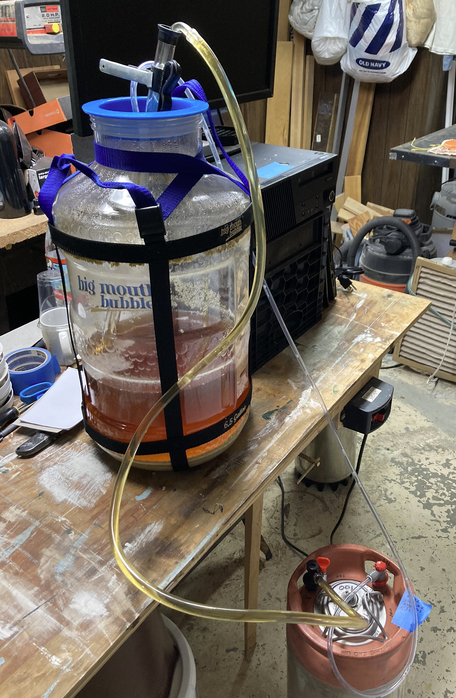fluketamer
Well-Known Member
- Joined
- Dec 1, 2008
- Messages
- 913
- Reaction score
- 1,080
not sure if this poll has been done before.
i gave up siphoning beer a while ago in favor of spigots . one downside to spigots is that water baths can be an issue bathing the spigot in swamp water during fermentation.
i got around this using fermentation chambers instead of water baths
i am thinking of moving to floating dip tubes as i think it solves a lot of issues.
thanks for any replies
i gave up siphoning beer a while ago in favor of spigots . one downside to spigots is that water baths can be an issue bathing the spigot in swamp water during fermentation.
i got around this using fermentation chambers instead of water baths
i am thinking of moving to floating dip tubes as i think it solves a lot of issues.
thanks for any replies







